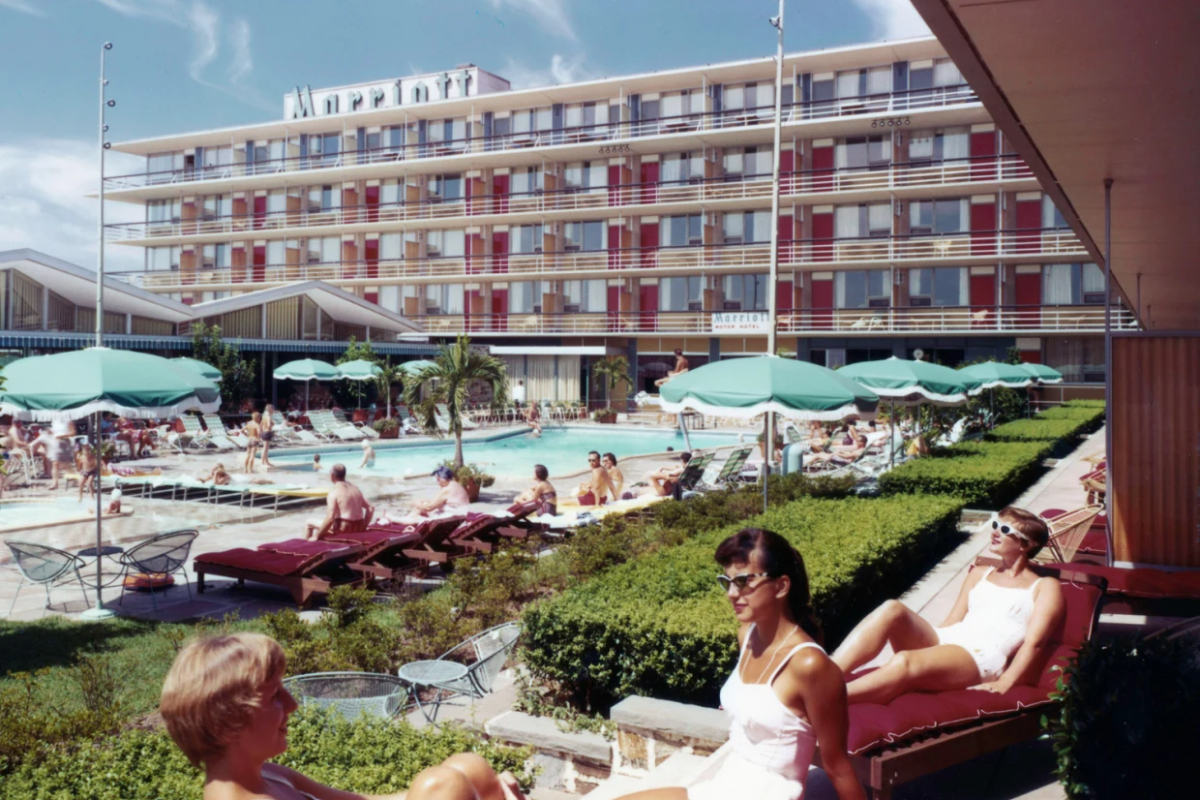Hilton vs. Marriott: Things We Learned From the Business Wars Podcast

Skift Take
We learned a lot about hotel sector history by listening to Hilton vs. Marriott — the latest season from Business Wars, a show from Wondery, Amazon's podcast studio.
The five-episode series dramatizes pivotal moments in the companies' trajectories. The scripts are well-researched, and the production values are high. Perhaps that shouldn't have been a surprise, considering that Business Wars won the "best business podcast" award in this year's Ambies.
Accidental HoteliersHost David Brown uses the opening episode to lay out the origin stories of the Hilton and Marriott empires.
It turns out that J. Willard ("JW") Marriott, founder of the world's largest hotel company, didn't have his sights set on the hotel business. A colleague suggested the idea of entering the hotel sector as a way to expand beyond the company's core of fast-food restaurants and catering. In 1957, Marriott opened its first hotel, three decades after the company's founding.
Similarly, Conrad Hilton also entered the sector somewhat by chance. In 1919, he wanted to buy a bank in a Texas oil town, but the deal fell through, and he was amazed by the popularity of the town's hotel. Af

